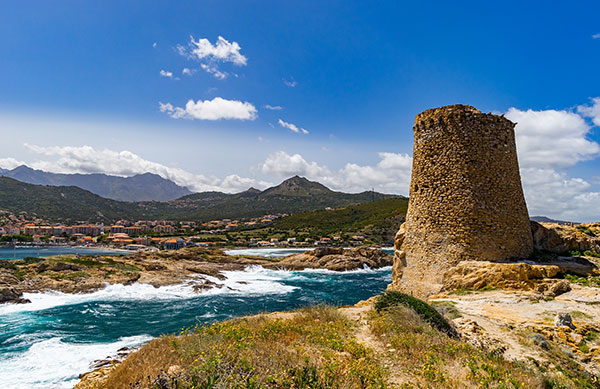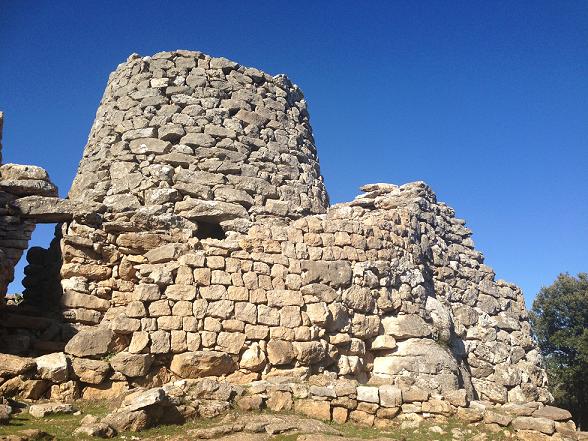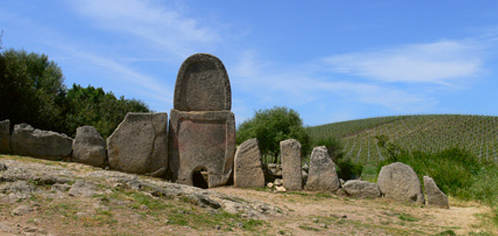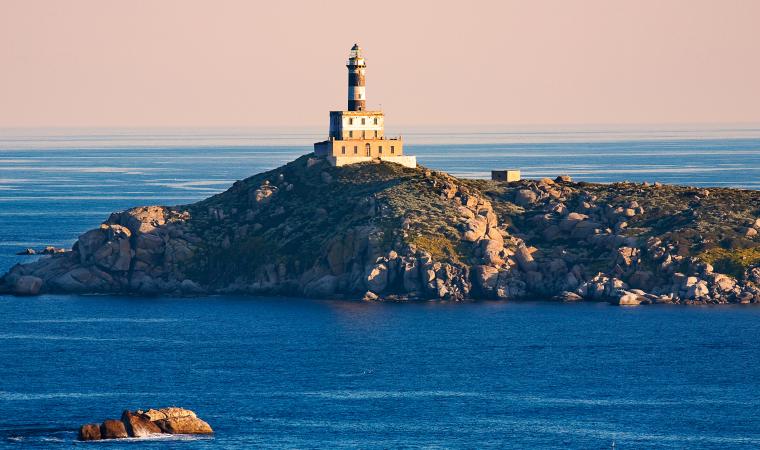Sardinia Region

The Sardinia Region is the second largest island in the Mediterranean Sea, after Sicily.

The strategic position of Sardinia in the center of the western Mediterranean and its mineral wealth have favored its population in ancient times and the development of commercial traffic and cultural exchanges between its inhabitants and the coastal peoples.

Sardinia, together with the surrounding islands and archipelagos, also covers the entire administrative territory of an Italian region with a special statute, whose full and official name is the Autonomous Region of Sardinia / Autonomous Region of Sardigna.

Administratively it is divided into four provinces, a metropolitan city and 377 municipalities, it is considered part of insular Italy and is in third position by area, but in eleventh by population.
The Special Statute, enshrined in the 1948 Constitution, guarantees a certain degree of bureaucratic-administrative autonomy for the management of some local institutions.
Rich in mountains, woods, plains, largely uninhabited territories, streams, rocky coasts and long sandy beaches, the island has been metaphorically defined as a micro-continent due to the variety of its ecosystems.
In modern times, many travelers and writers have enhanced its beauty, which remained uncontaminated at least until the contemporary age, as well as immersed in a landscape that houses the vestiges of the Nuragic civilization.
From January 1927 Sardinia was divided into 3 provinces: Cagliari, Nuoro and Sassari, to which Oristano was added in July 1974.
The number of these entities doubled with the full operation of the provinces of Carbonia-Iglesias, Medio Campidano, Ogliastra and Olbia-Tempio since 2005.
The reform also provided for the establishment of new supracommunal districts suitable for carrying out the functions attributed to unions of municipalities and associations of unions of municipalities.

Metropolitan city and municipal provinces coat of arms:
Capital city Cagliari
Province of Sassari
Province of Oristano
Province of Nuoro

The Neolithic was the period in which the first artistic manifestations are detected. Numerous findings of the typical statuettes of the Mother Goddess and of ceramics engraved with geometric designs testify to the artistic expressions of Sardinian prehistory.

Subsequently, the nuragic culture produced hundreds of bronze statuettes and the enigmatic stone statuary of the Giants of Mont'e Prama.

The union between the Nuragic populations and merchants from all over the Mediterranean led to a refined production of gold jewelery, rings, earrings and all kinds of jewelery, but also ceramics, votive steles and wall decorations.

In addition to architecture linked to public works, the Romans introduced mosaics and adorned the rich villas of the patricians with sculptures and paintings.
In the Middle Ages, during the Giudicale period, the architectures of the churches were enriched with capitals, sarcophagi, frescoes, marble altars and subsequently embellished with retables, painted by important painters such as the Master of Castelsardo, Pietro Cavaro, Andrea Lusso, and the school of the so-called Master of Ozieri which was headed by Giovanni del Giglio and Pietro Giovanni Calvano of Sienese origin.

In the nineteenth century, and then continuing into the twentieth century, the myths of the authenticity of the Sardinian people, of an uncontaminated and out of time island, are affirmed in the collective imagination of the islanders.
Told by the many travelers who visited Sardinia in that period, these myths will be celebrated mainly by Sardinian artists such as Giuseppe Biasi, Francesco Ciusa, Filippo Figari, Mario Delitala and Stanis Dessy.
In their works they will tell the autochthonous values ??of the agro-pastoral world, not yet homologated to the modernity that was pressing from the outside. Other important Sardinian artists of the second half of the twentieth century were Costantino Nivola, Maria Lai, Albino Manca and Pinuccio Sciola.
Video: Sardinia Region
Map: Sardinia Region
Address: Viale Trento, 69 - 09123
Cagliari (CA) Sardegna
Latitude: 40.1208752
Longitude: 9.0128926
Site: https://www.regione.sardegna.i...
vCard created by: BBCC
Currently owned by: BBCC
Type: Region
Function: Public place
Creation date:
Last update: 13/08/2021